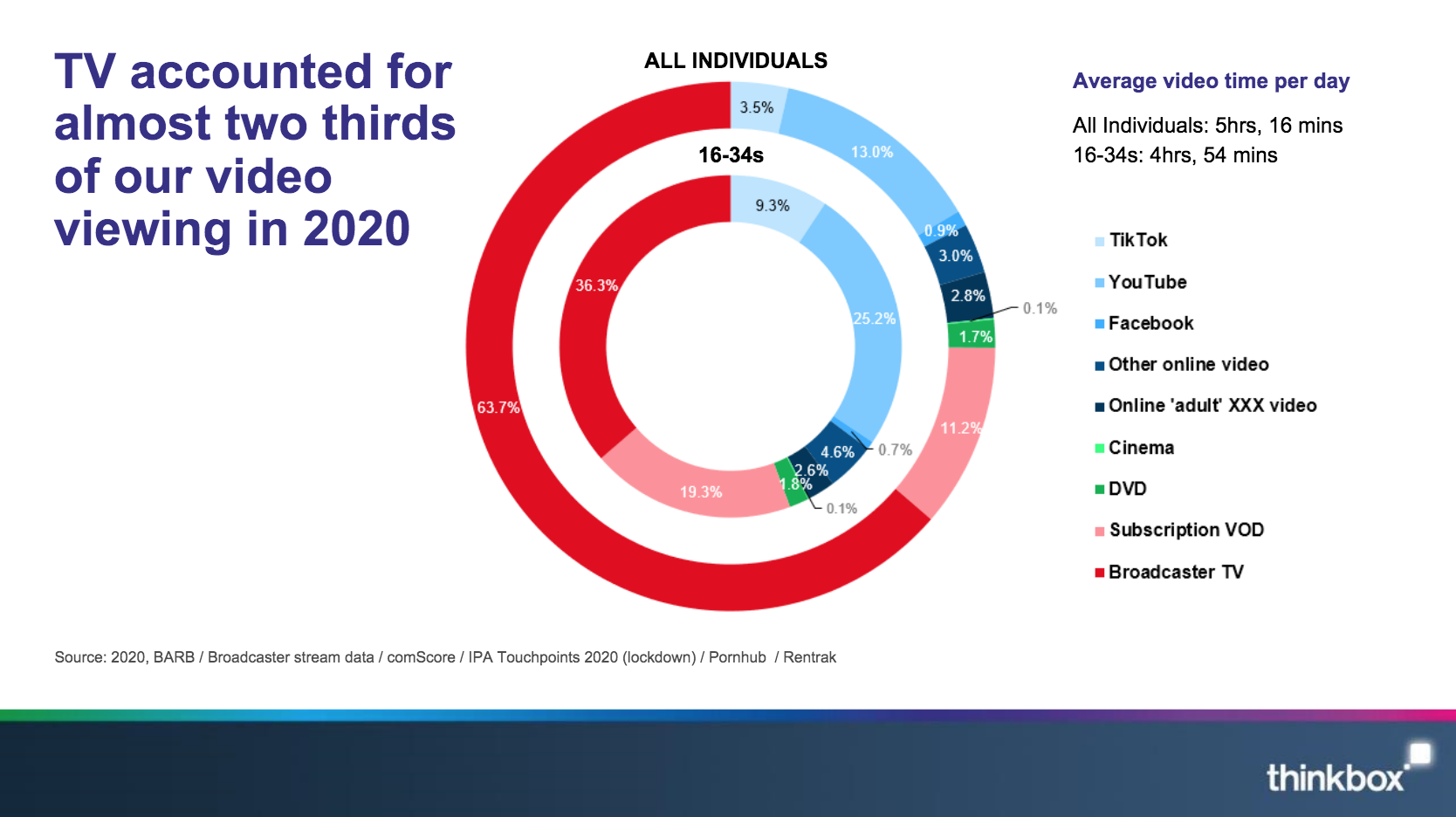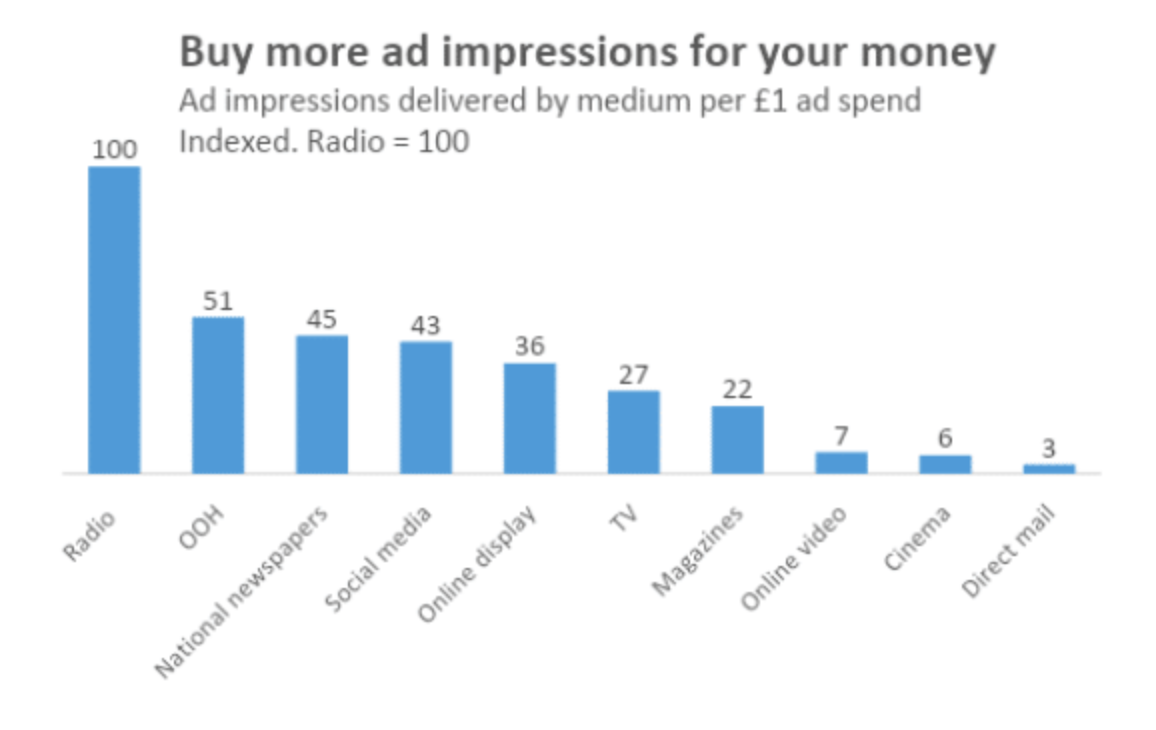We use cookies to help us understand how our website is used. You can read our website privacy policy here.
Small businesses are the lifeblood of our economy. They sit at the heart of every community, bringing growth, wealth and innovation to local areas across the country – many even scale up to disrupt and transform national markets.
The pandemic has, of course, posed a huge challenge. A series of lockdowns have seen footfall plummet and sales follow – but opportunity is the stablemate of any crisis, and with research from Forester revealing that 70% of UK consumers want to support more small businesses, the initiative is there to be taken.
One by-product of this particular crisis has been the migration to online business models. Many SMEs have responded to the drastic reduction in bricks-and-mortar transactions by adapting and shifting their products to e-commerce, opening up a world of new possibilities in the process.
Yet if, like scores of other business owners, you’ve successfully navigated this ever-changing landscape and future-proofed your company by going online, you may be wondering what on earth to do now?
Sure, you’ve developed a great website, are active on social media and have a tidy Google Ads strategy in operation.
But in restricting your marketing strategy to PPC and social, you’re missing out on the opportunity to create demand for your product or service.
We know – of course a media agency would say that.
But by avoiding the likes of TV, radio and out-of-home, small businesses are passing the spotlight to others. Yes, those who know you are aware of what you offer, but what about the people in the back row who are discovering this newcomer for the first time?
All options on the table
Let’s take a look at television as an example. Over 850 advertisers spent less than £50,000 on TV in 2020, with the average cost of one person watching an ad now just £0.6p on average.

Allied with the low cost of getting on TV is the sheer amount we’re watching. Together, they make for a compelling case, with the average adult consuming over 5 hours of video content a day – 64% of which is broadcaster TV, which does not include the likes of Netflix or Prime. Even a small campaign can increase weekly sales by 10%.

Radio, too, is an effective generator of brand awareness that doesn’t require extraordinary sums of money. Low-cost production, short lead times and – like TV – extensive targeting capabilities make reaching the 36 million listeners who tune in to radio every week an entirely accessible option even on tight budgets.
With press and out-of-home also highly cost-effective as amplifiers of brand visibility on both a national and regional scale, there’s a wealth of opportunity out there for small businesses looking to take the next step.
Test and learn
This isn’t to say that every SME should be diving headfirst into the advertising mix, of course. In fact, the savviest brands will adopt a process of testing and learning, allocating small portions of budget to trialling different times of day, days of the week, channels, ad formats, creative messaging and regions to pinpoint strands of activity that perform well.
From here, an effective media strategy takes shape, with minimal wastage of spend and maximised engagement providing the foundations for scaled growth.
The trick is to find the right media agency for your needs. If you’d like to learn more about the ways TV, radio, OOH and print can all drive results on low budgets, we’d be happy to help.